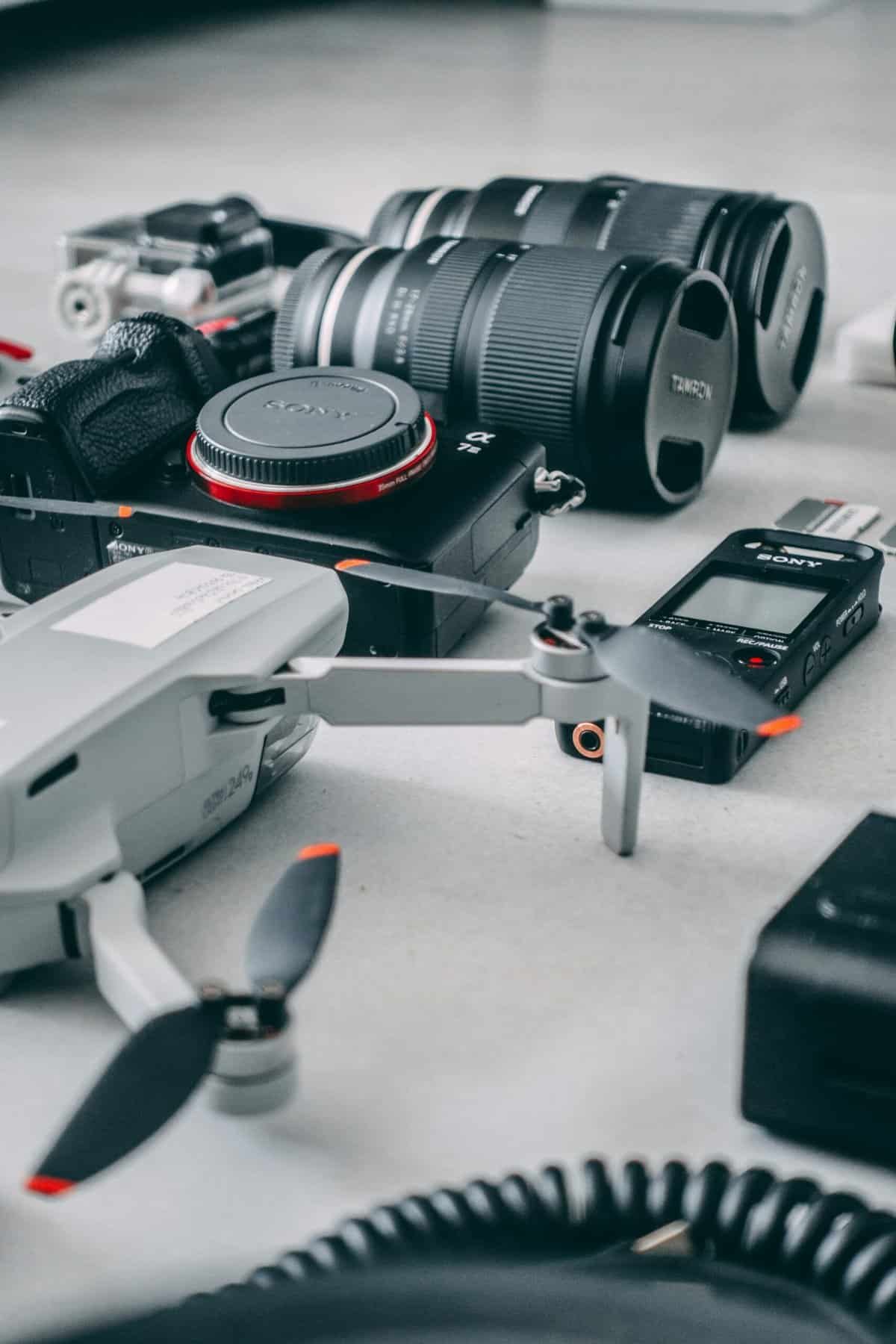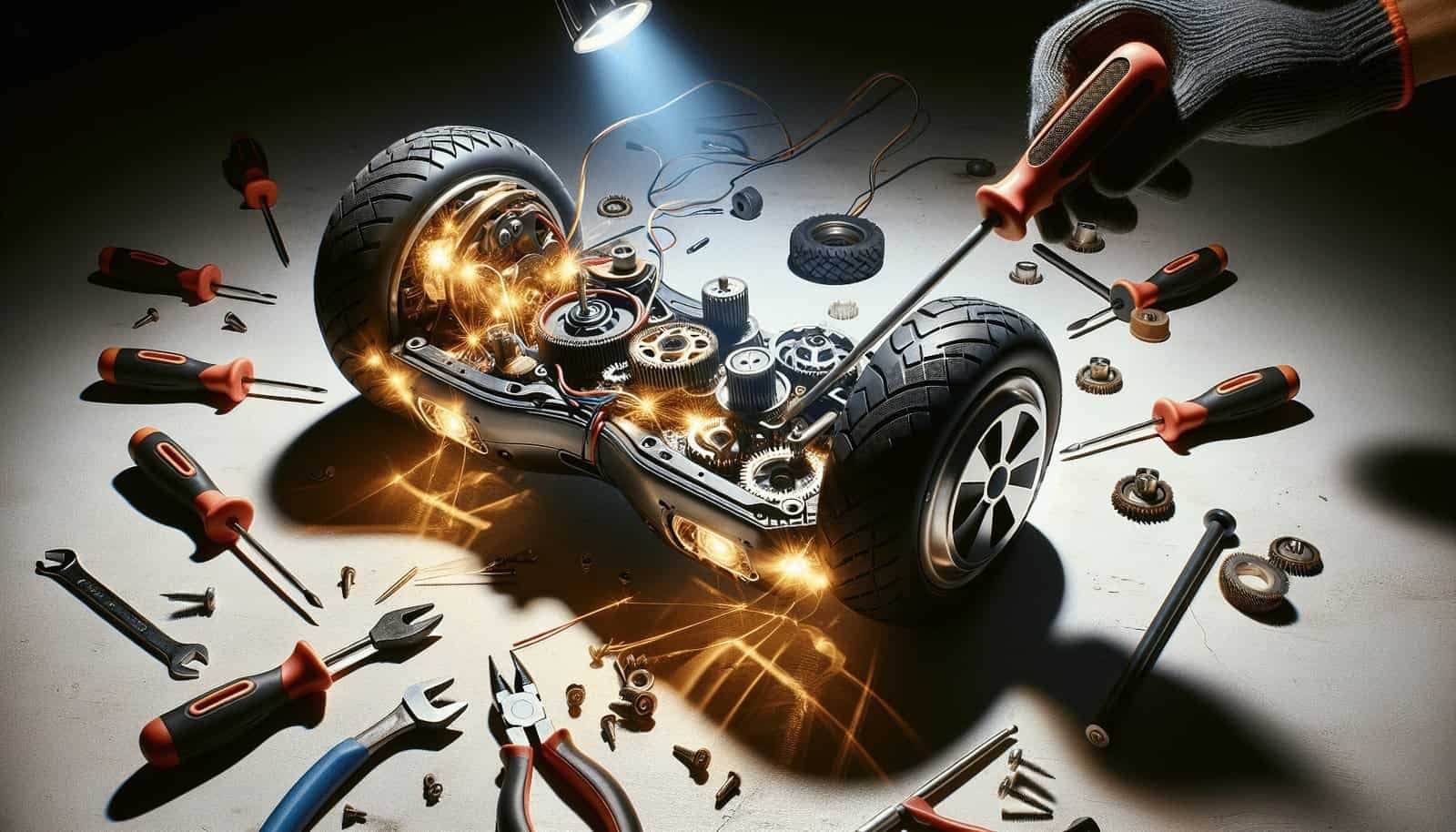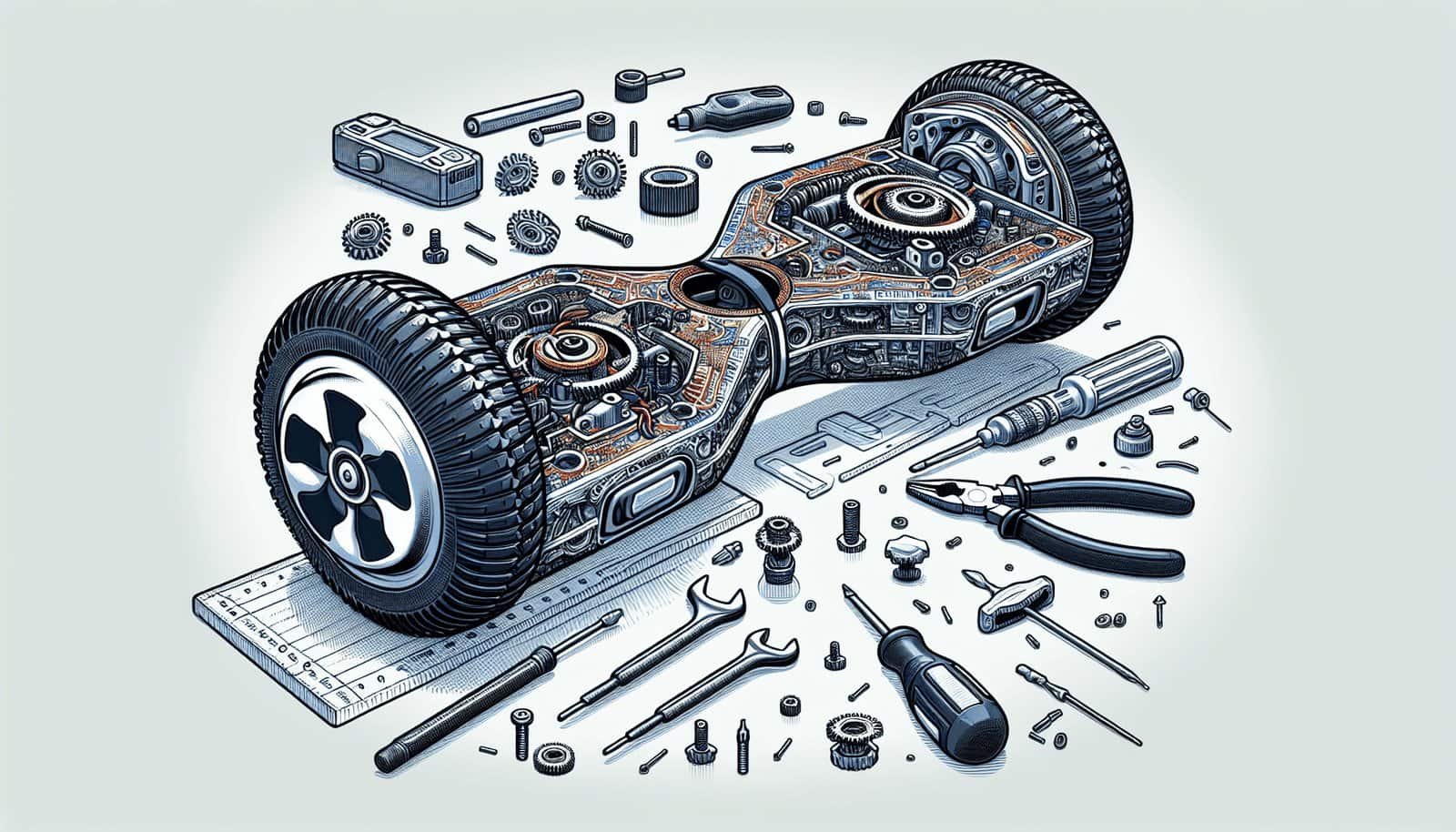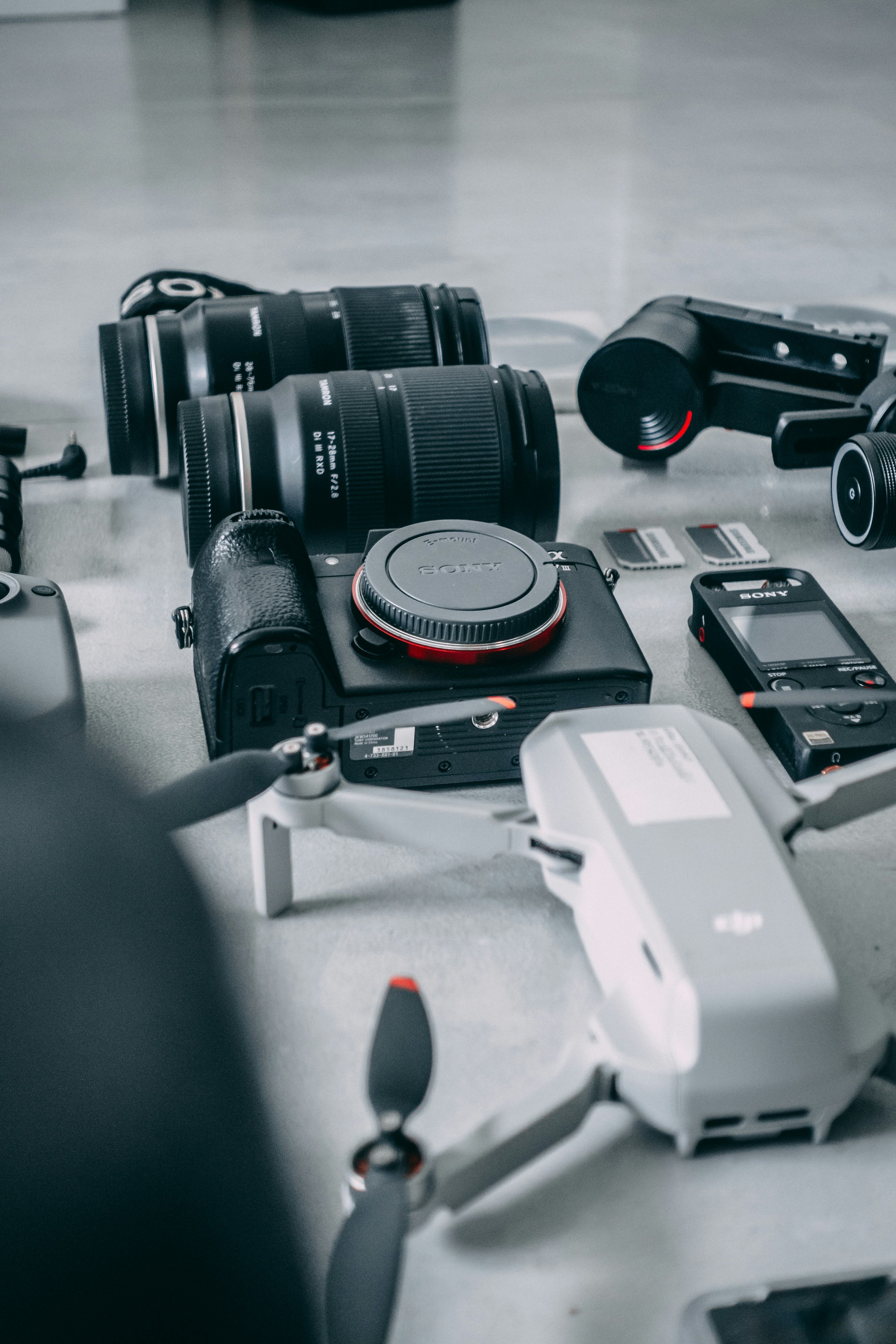If you’re experiencing problems with your hoverboard’s motor, you’ve come to the right place! In this article, “How Do I Troubleshoot Issues With The Hoverboard’s Motor?”, you’ll find a comprehensive guide to identifying and resolving common motor issues. From simple checks like ensuring the battery is charged, to more detailed troubleshooting steps like checking for error codes and inspecting the wiring, you’ll gain a clear understanding of how to get your hoverboard back in action. Whether you’re a newbie or an experienced rider, these practical tips will help you tackle motor problems with confidence and ease. Have you ever found yourself wondering, “How do I troubleshoot issues with the hoverboard’s motor?” You’re not alone! Many hoverboard enthusiasts encounter issues with their devices from time to time, and it can be quite frustrating. But the good news is, with a little bit of know-how, you can often resolve these issues on your own. Let’s dive in and get you back to gliding smoothly on your hoverboard.
Understanding Your Hoverboard’s Motor
Before we jump straight into troubleshooting, it’s important to understand the basic workings of your hoverboard’s motor. A hoverboard typically has two motors – one in each wheel. These motors are connected to a control board that processes the signals from your balance sensors. When everything is functioning properly, you get a seamless and responsive ride.
Types of Hoverboard Motors
Broadly speaking, the motors in a hoverboard fall into two categories:
- Brushless Motors: These are more common and are known for their efficiency and long life.
- Brushed Motors: Less common in modern hoverboards, but still found in some older models.
Understanding the type of motor you have can sometimes help with troubleshooting.
Common Motor Issues
Hoverboard Won’t Turn On
If your hoverboard won’t turn on, it could be related to the motor or another component. Here’s how to troubleshoot:
- Check the Battery: Ensure it is charged and functioning.
- Inspect the Wiring: Look for any loose or disconnected wires.
- Examine the Control Board: A malfunctioning control board might not send the right signals to the motors.
Hoverboard Vibrates or Shakes
Vibration or shaking can often point to motor issues. Here’s what you can check:
- Balance Sensors: Misaligned sensors can cause vibrations.
- Motor Bearings: Worn-out bearings might need replacement.
- Wheel Alignment: Misaligned wheels can cause uneven rotation.
Hoverboard Moves Slowly
If your hoverboard is moving slower than usual, it could be an issue with the motors or battery. To troubleshoot:
- Battery Health: A failing battery can impact speed.
- Motor Health: Inspect the motor for any signs of wear or damage.
- Weight Load: Ensure you’re not exceeding the hoverboard’s weight limit.
Step-by-Step Troubleshooting Guide
Initial Inspection
- Turn Off the Hoverboard: Always start by turning off your hoverboard to avoid any accidental movements.
- Visual Check: Look for any obvious signs of damage or wear.
- Power On: Turn the hoverboard back on and observe any error signals or unusual sounds.
Diagnostic Tools
Using diagnostic tools can be very helpful. Many modern hoverboards come with smartphone apps that can run diagnostics and identify issues with the motor or other components.
- Download the App: If available, download the manufacturer’s diagnostic app.
- Run a Diagnostic: Follow the instructions to run a full system diagnostic.
- Analyze Results: Look for any error codes or warnings related to the motors.
Recalibrating the Hoverboard
Sometimes, recalibrating your hoverboard can solve motor-related issues. Here’s how:
- Level Surface: Place your hoverboard on a flat, level surface.
- Power Off: Turn the hoverboard off completely.
- Press and Hold: Press and hold the power button for 10 seconds until you see indicator lights flashing.
- Release and Recalibrate: Release the button and the hoverboard will reset and recalibrate.
Checking the Motor Connections
Loose or disconnected wires can cause motor issues. Here’s how to check:
- Power Off: Ensure the hoverboard is turned off.
- Open the Hoverboard: Use a screwdriver to remove the casing.
- Inspect Wires: Look for any loose or disconnected wires connecting the motor to the control board.
- Reconnect Securely: If you find any disconnected wires, reconnect them securely.
Advanced Troubleshooting
Testing Motor Functionality
If the basic troubleshooting steps don’t resolve your issue, you might need to test the motor itself. Here’s a step-by-step guide:
- Gather Tools: You’ll need a multimeter for this.
- Disconnect Motor: Carefully disconnect the motor from the control board.
- Multimeter Test: Set your multimeter to measure resistance (Ohms) and connect it to the motor terminals.
- Analyze Results: If the reading is very high or infinity, the motor might be damaged and need replacement.
Replacing the Motor
If you’ve established that the motor is beyond repair, here’s how you can replace it:
- Purchase a Replacement Motor: Ensure it’s compatible with your hoverboard model.
- Open the Hoverboard: Remove the casing to access the motor.
- Disconnect Old Motor: Carefully disconnect the old motor from the control board and wheels.
- Install New Motor: Connect the new motor to the control board and wheels.
- Reassemble and Test: Reassemble the hoverboard and test to ensure everything is working properly.

Preventative Maintenance
Regular Cleaning
Keeping your hoverboard clean can prevent debris from interfering with motor function. Regularly wipe down the surface and ensure no dirt gets inside the casing.
Avoid Overloading
Be mindful of the weight limit of your hoverboard. Exceeding this limit can strain the motors and lead to faster wear and tear.
Scheduled Checks
Perform regular checks on your hoverboard’s components, including the motors, to catch any potential issues early.
Battery Care
Maintaining your hoverboard’s battery health is crucial. Ensure you charge it properly and avoid running it completely flat.
Common Questions and Answers
Let’s address some common questions you might have about troubleshooting hoverboard motor issues:
How Do I Know If My Motor Is Bad?
Signs of a bad motor include unusual noises, poor or no response, vibrations, and reduced speed. Testing with a multimeter can confirm if the motor is malfunctioning.
Can I Fix the Motor Myself?
Yes, many motor issues can be fixed at home if you have the right tools and a bit of technical know-how. However, if you’re not confident, it’s best to consult a professional.
What Does a Hoverboard Diagnostic App Do?
A diagnostic app can run tests on your hoverboard’s system to identify issues with components like the motor, battery, and sensors. It can provide error codes that help pinpoint the problem.

When to Consult a Professional
While many hoverboard motor issues can be resolved at home, some problems may require professional expertise. Here’s when to consider consulting a professional:
- Complex Issues: If the issue is beyond your technical ability.
- Warranty Concerns: If your hoverboard is still under warranty, attempting repairs yourself might void it.
- Safety: If you’re unsure about the safety of DIY repairs.
Compiling Your Toolkit
To effectively troubleshoot and maintain your hoverboard’s motor, having the right tools is essential. Here’s a list to get you started:
| Tool | Purpose |
|---|---|
| Screwdrivers | To open the hoverboard casing. |
| Multimeter | For testing electrical components. |
| Diagnostic App (if available) | For running system diagnostics. |
| Cleaning Supplies | To keep components clean and debris-free. |
| Replacement Parts | In case you need to replace damaged components. |

Conclusion
So, how do you troubleshoot issues with the hoverboard’s motor? By understanding its basic workings, identifying common issues, following a step-by-step troubleshooting guide, and taking preventative maintenance measures, you can keep your hoverboard running smoothly. Remember, while many repair tasks can be handled at home, don’t hesitate to seek professional help if needed. Now, go enjoy your smooth ride!


